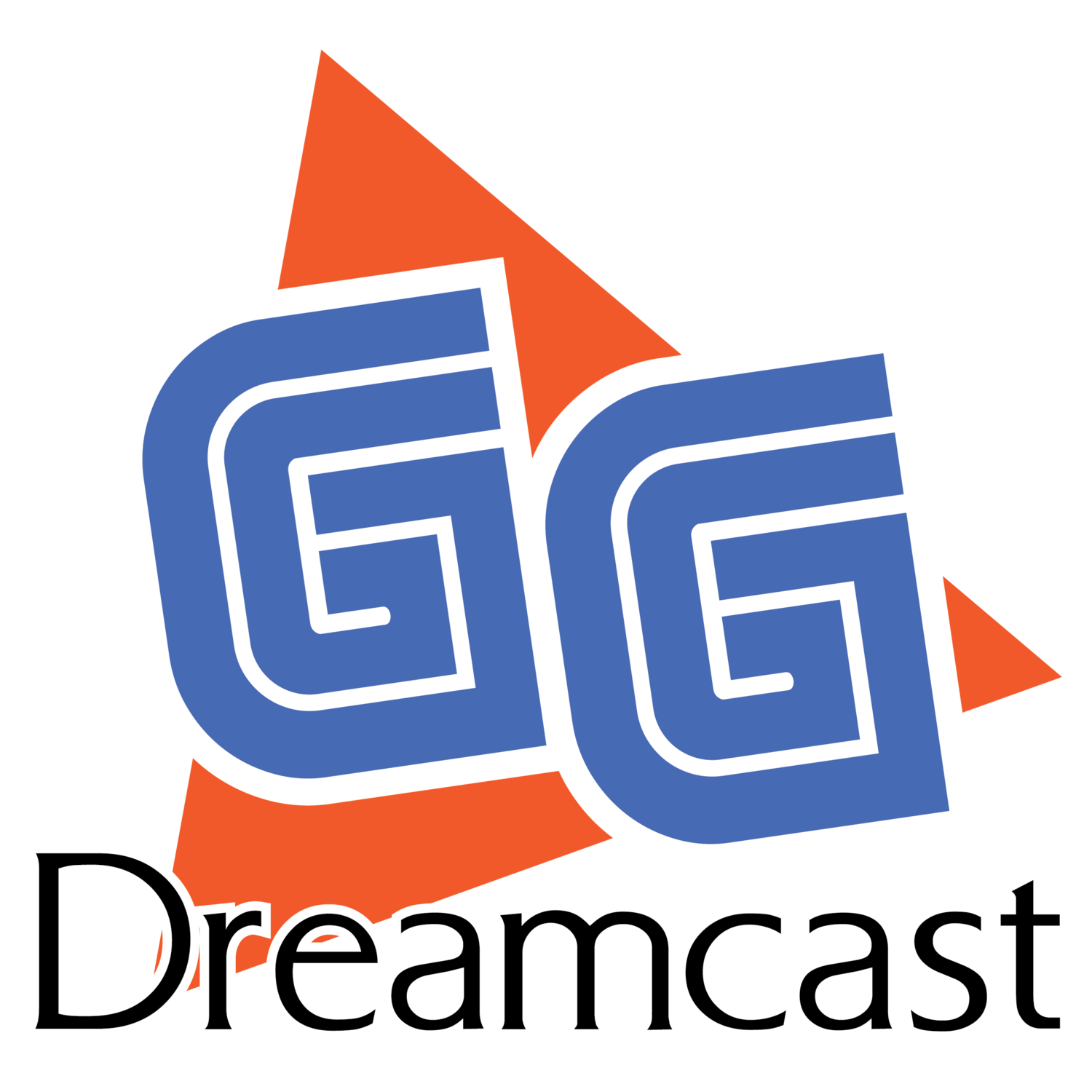Power Stone 2
Developer - Capcom
Publisher - Capcom (Japan, North America); Eidos (Europe)
Director - Hideaki Itsuno
Composer - Tetsuya Shibata
Genre - 3D-arena Fighting; up to four players
Dreamcast Release Dates - August 23, 2000 (North America); April 27, 2000 (Japan); August 24, 2000 (Europe)
Additional Releases - SEGA NAOMI arcade cabinet (1999); Playstation Portable (2006)
Current Average Price - $80-$120
Power Stone 2 is a 3D arena fighting game for up to four players, which first released on SEGA’s NAOMI arcade architecture. Like many NAOMI arcade games of the era, it was quickly ported to the Dreamcast, and like its predecessor, Power Stone, it instantly became a popular game well-suited to long-lasting multiplayer sessions with friends.
Changes from the original game included the addition of more characters and stages, as well as new items and a streamlined battle system. Fighters are able to pick up nearly countless weapons and items - from gatling guns to bombs, hammers, swords, and (perhaps most indicative of the era in which the game was made) rollerblades. Shields, wings, food, and other non-weapon items give the players temporary special abilities.
One major notable feature of the game is the active and dynamic battle arenas, which change drastically as the fight progresses. For example - one stage begins in a sort of ancient temple, with multiple platforms of differing heights. In this temple, stone balls, poisoned arrows and other booby traps continually add chaos to the fight. About halfway through the fight, the floor drops out from under the players, who then fall into a tunnel. At this point, a giant boulder begins racing toward them from behind. The fight then turns into a race to escape the boulder, with players doing their best to interfere with each other along the way. The end of the boulder trap tunnel leads to another chamber, with a sphinx-like statue and a slot-machine-like bank of wheels built into one wall (the activation of which further influences the behavior of the stage).
Another stage has the combatants begin on an airship, which eventually breaks apart. At this point, the fighters begin skydiving toward the ground, fighting each other the entire way in mid-air. They land on a floating island in the sky and the battle continues.
These dynamic stages really imbue the game with unpredictability and keep players (both experienced and new) on their toes.
Power Stone 2 is a fantastic example of a simple premise, perfectly executed. It remains to this day one of the best Dreamcast games for when there’s a couch-full of friends and some time to kill.



